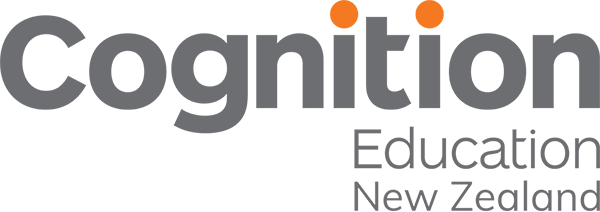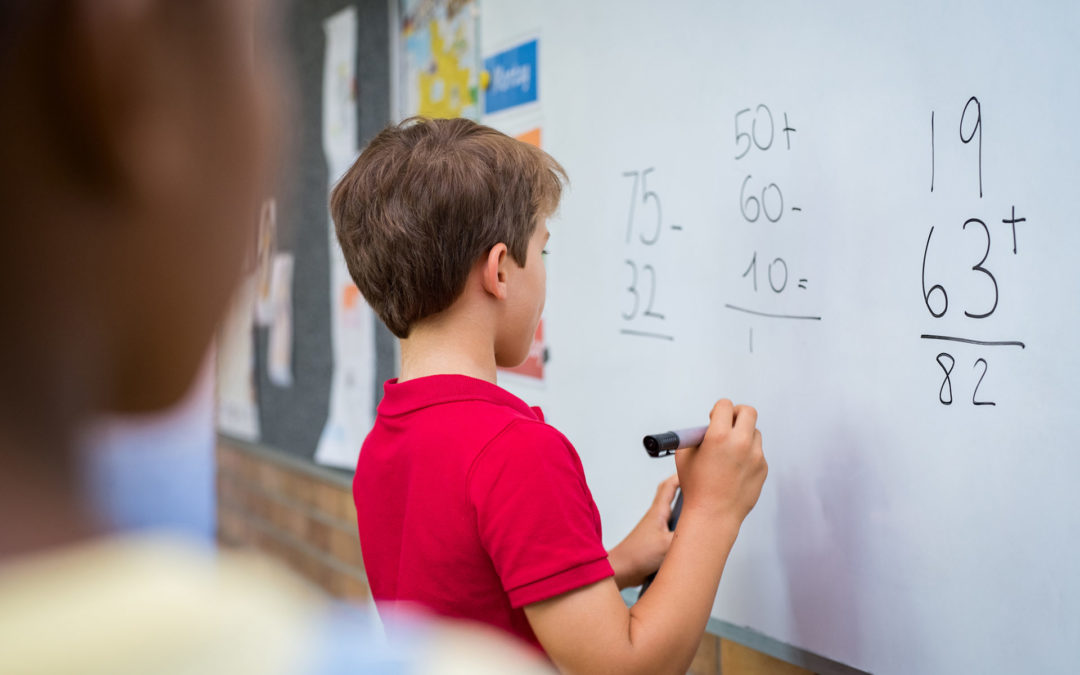“There is a huge elephant standing in most math classrooms: it is the idea that only some students can do well in math. Students believe it, parents believe it and teachers believe it. The myth that math is a gift that some students have and some do not is one of the most damaging ideas that pervades education … and that stands in the way of students’ math achievement.”
In the recently published journal from UNESCO International Bureau of Education, Math Anxiety (Szűcs, D and Mammarella, I. 2020. Educational practices series, 30. UNESCO/IBE, Geneva) research identified an increasing number of students that have serious negative emotional reactions to mathematics. These emotional problems can lead to performance difficulties and/or can become obstacles that discourage students from further mathematics study, even if their performance is good. This debilitating emotional reaction to mathematics is termed “mathematics anxiety” – a feeling of tension and anxiety that interferes with the manipulation of numbers and the solving of mathematical problems in ordinary life and academic situations.
Students who lack math confidence tend to doubt their abilities and avoid putting themselves on the spot by answering questions in class. These students are easy to identify – they don’t make eye contact and keep their heads down when you ask questions. They aren’t sure of their answers and hesitate when you ask them to explain how they solved a problem. Implicit and explicit messages from the classroom and often from home, exacerbate these dispositions and these students often state that they just “aren’t a maths person”, or they don’t have a “maths brain”.
What can we do about Maths Anxiety?
Teachers can do much to change these dispositions towards mathematics. Teachers involved in Programmes for Students (PfS) have identified that one of the greatest successes to accelerating maths learning is the confidence students gain and their increased engagement. Confidence and engagement occur when they create a they classroom climate that supports positive interactions and relationships. Students show respect for, and, of one another’s contributions of ideas and thinking in a spirit of ongoing collaborative inquiry. The most powerful learning opportunities arise when students learn from one another.
To achieve this, we must create an autonomous and safe learning environment in which students feel that their thinking is valued.
Students may not develop math confidence on their own, but teachers can use certain strategies to build their confidence. We can help them realise the depth of knowledge they already possess and increase their pride in their work and the effort they put into learning maths.
Professional Knowledge Building
Whilst involved in PfS, teachers are mentored to grow their professional knowledge and capability by inquiring into accelerative strategies. PfS grows leadership capability and supports a sustained school-wide change in student achievement by spreading accelerative practices across all classrooms.
Teachers are mentored to grow their professional knowledge and capability by inquiring into accelerative strategies with students. PfS grows leadership capability and supports a sustained school-wide change in student achievement by spreading accelerative practices across all classrooms.
One Deputy Principal from an Auckland Primary School who was interviewed said that Accelerating Learning in Mathematics (ALiM) has become the…
“…perfect platform to support their school-wide efforts – to keep a keen eye on progress and improvement.”
She discussed how ALiM builds a layer of leadership that starts and ends in the classroom …
“everyone is a leader … from the top down. Teachers often doubt themselves, but it’s really important to listen to and use teacher voice to guide the work of the leadership team”
Accelerated learning rejects traditional deficit models of remediation by supporting teachers through an accelerated learning framework. This supports students to access the curriculum demands at their expected levels, rather than gap filling through mundane skill and drill tasks. Students are supported to engage in cognitively challenging mathematics problems and to make connections with key concepts in maths.
ALiM and MST teachers adopt a framework to accelerate learning (Pepper-Rollins, 2014). These high impact strategies improve outcomes for all students including those who are struggling. Targeting only the “tail end lag” with remedial gap filling will not help accelerate learning.
The five steps within the Acceleration Framework are:
Step 1: Generate Thinking, Purpose, Relevance, and Curiosity
Hands on starter activities that get students wondering. Concrete before abstract. Real world examples and thinking. Success starters.
Step 2: Clearly articulate the learning goal and expectations
Explicit and student friendly. Helps define the purpose of the learning.
Step 3: Scaffold and Practice Essential Prerequisite Skills
“Students could master this if they just knew x..y..z”. What are the high priority gaps? Create scaffolds for success.
Step 4: Introduce New Vocabulary and Review Prior Vocabulary
What does it mean? What does it look like? Use multiple representations.
Step 5: Dip into the New Concept
Does not repeat the learning experience. The idea is that the student can say during the class session “I know something about that!”
The framework is carefully designed – the goal is to hone in just what students need to be successful on new concepts. As tempting as it is to go back and try to “fix up” what students don’t know, the focus is on priming students for what they need to know.
Cognition Education has a team of consultants who mentor teachers in Accelerating Learning. Teachers challenge their beliefs and inquire into practices that quickly accelerate student achievement in mathematics. As teachers inquire into practices that will accelerate their students to lift their mathematics attainment up to desired curriculum levels, many teachers notice that it is a shift in their attitudes and dispositions that makes the greatest difference. As one teacher commented…
“They just didn’t believe they could do maths at the start. They were passive in class, reluctant to contribute and didn’t believe they could attempt any problems at all. Giving open-ended and real-world problems made the students connect themselves to the situations and their engagement increased 100-fold!”
References:
Szűcs, D and Mammarella, I. 2020. Educational practices series, 30. UNESCO/IBE, Geneva
Rollins, S. P. (2014). Learning in the fast lane : 8 ways to put all students on the road to academic success. Alexandria, Va.: Association for Supervision and Curriculum Development.

